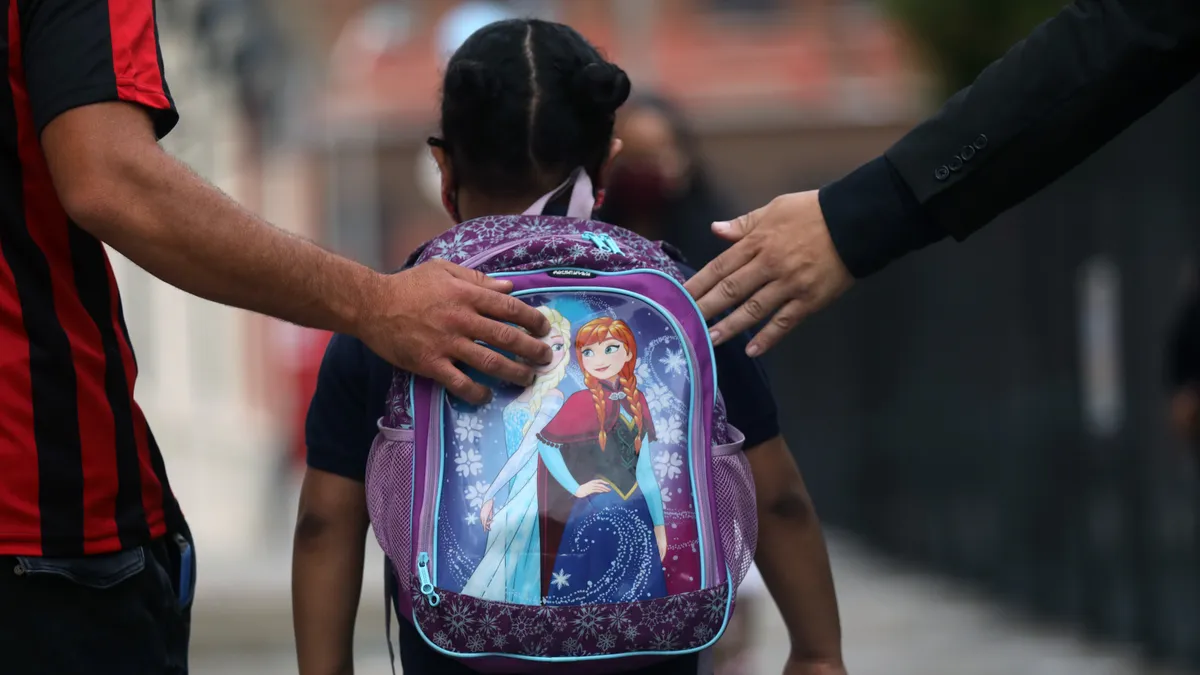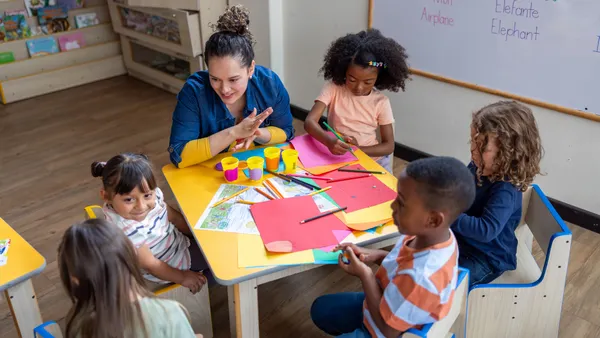Dive Brief:
-
After the murder of George Floyd, a Black man who died while under restraint by a white police officer in May 2020, there was a significant increase in requests by U.S. public school teachers for books by or about African Americans. Requests for books depicting Latinx, Asian, Muslim and Jewish cultures also sharply increased, suggesting a desire for more inclusive curricula, according to a study by researchers at Carnegie Mellon University in Pittsburgh, Pennsylvania.
-
The increase in requests came primarily from teachers whose students were under the age of 10. By studying the impact statements teachers submitted after using the materials, CMU researchers concluded the books initiated classroom discussions related to race and social justice issues, including “themes of representation, self-esteem, empathy, and acceptance.”
-
Classroom curriculum and related discussions can play a critical role in the effort to prevent racist attitudes in children, but it is not yet known what the long-term impact of school-based anti-bias efforts will be, the researchers concluded.
Dive Insight:
Teachers and administrators are turning to outside resources, their colleagues and self-reflection as they attempt to incorporate more inclusive and anti-bias learning experiences into lessons while avoiding what may be prohibited conversations around critical race theory.
The CMU researchers examined teachers’ requests made on the crowdfunding platform DonorsChoose.org for nearly 28,000 books about or by African Americans eight weeks before and eight weeks after 14 high-profile events of police brutality and 5,000 Black Lives Matter protests from 2012 to 2020.
After Floyd’s death, more than 90% of book requests featuring African American authors or protagonists that teachers requested were funded at a total cost of $3.4 million. There were no changes in the number of requests following all other race-related events over the past decade.
Researchers also found there were more requests for anti-racism books at schools located in cities where Black Lives Matter protests had been held after Floyd’s death than in cities without protests.
“Having $3.4 million worth of books available to hundreds of thousands of students across public schools in the United States demonstrates the power of local protests and sheds light on a key strategy of BLM,” said the study’s co-author Saharsh Agarwal, a Ph.D. student at CMU’s Heinz College, according to a news release.
In another examination of race discussions and representation in curriculum, 61% of high school students surveyed by America’s Promise Alliance and Research for Action said their school curriculum represents non-White communities at least sometimes. Fewer students of color, however, report their curriculum represents their racial/ethnic background compared to White students.
Additionally, 76% of students said their teachers respect all views on race and racism “sometimes or a great deal” and 55% said they discuss race/racism in class “sometimes or a great deal.”
In recommendations accompanying the survey results, America’s Promise Alliance advocates for the teaching of an accurate history of race and racism in the U.S., including racial trauma and violence, and also celebrations of diverse people, histories and cultures.










